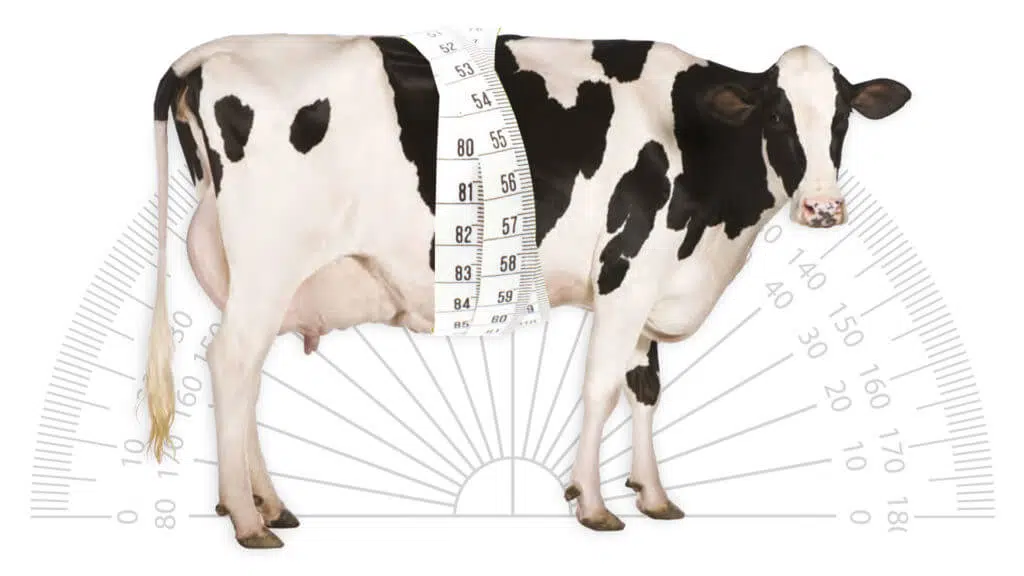Before you page past this article, thinking that you know all there is to know about the age-old theory of body condition scoring and how to use it, I would like to start the New Year by adding a bit of flavour to this well-chewed meal.
WHAT DO WE KNOW?
Everyone will have seen the familiar graph of body condition scoring targets (Figure 1). We all agree that it is fine for cows to drop in condition after calving and to come back to their ideal calving body condition score (BCS) of 3,5 by dry-off. What I have added to the graph are the orange bars showing the thickness of the fat pad underneath your cows’ feet. Notice how the shape is very similar, how it drops and comes back, just like the rest of the fat in the body.
INTRODUCING THE DIGITAL CUSHION
You didn’t know cows had fat in their feet? Let me introduce you to the amazing shock absorber that hardly anyone knows about, called the digital cushion. The digital cushion is an interesting structure. It is the shock absorber between the cow and the ground. It is bigger and softer in cows than in heifers, and it grows and deteriorates in response to body condition. When a cow loses body condition, the fat pad thins out and the pedal bone has an opportunity to drop onto the sensitive growth layer (the corium) of the sole. Here it mashes the generative cells (keratinocytes) and creates horn with blood in it. This starts as redness in the hoof and results in sole ulcers and white line lesions.
NEW YEAR’S RESOLUTIONS
So what do foot fat and body condition score have to do with us achieving our goals in 2019? Bicalho et al. (2009) used ultrasonography to measure the thickness of the digital cushion and reported that thin digital cushions were positively related to lameness. Lim et al. (2014) scored four farms every two weeks for 17 months, racking up an impressive 6 889 BCS and locomotion observations. They found that cows with BCS<2,2 were more likely to become lame, and if lame, they were less likely to recover. Randall et al. (2015) followed 724 cows over eight years. They found that cows with BCS<2 were at the greatest risk of lameness.
THIN COWS GO LAME
From my work, locomotion scoring over 28 000 cows, I know that farmers only see around 15% of the lame cows on their farms. That is one in eight! As a dairy farmer, it is challenging to manage problem cows that you cannot see, and lame cows are hard to spot (until you know how). On the other hand, it is easy to spot thin cows which is why body condition scoring is so critical.
Read full articleAlex Jenkins is a technical specialist in the ruminant team at Chemuniqué and holds a master's degree in animal science from the University of KwaZulu-Natal.










